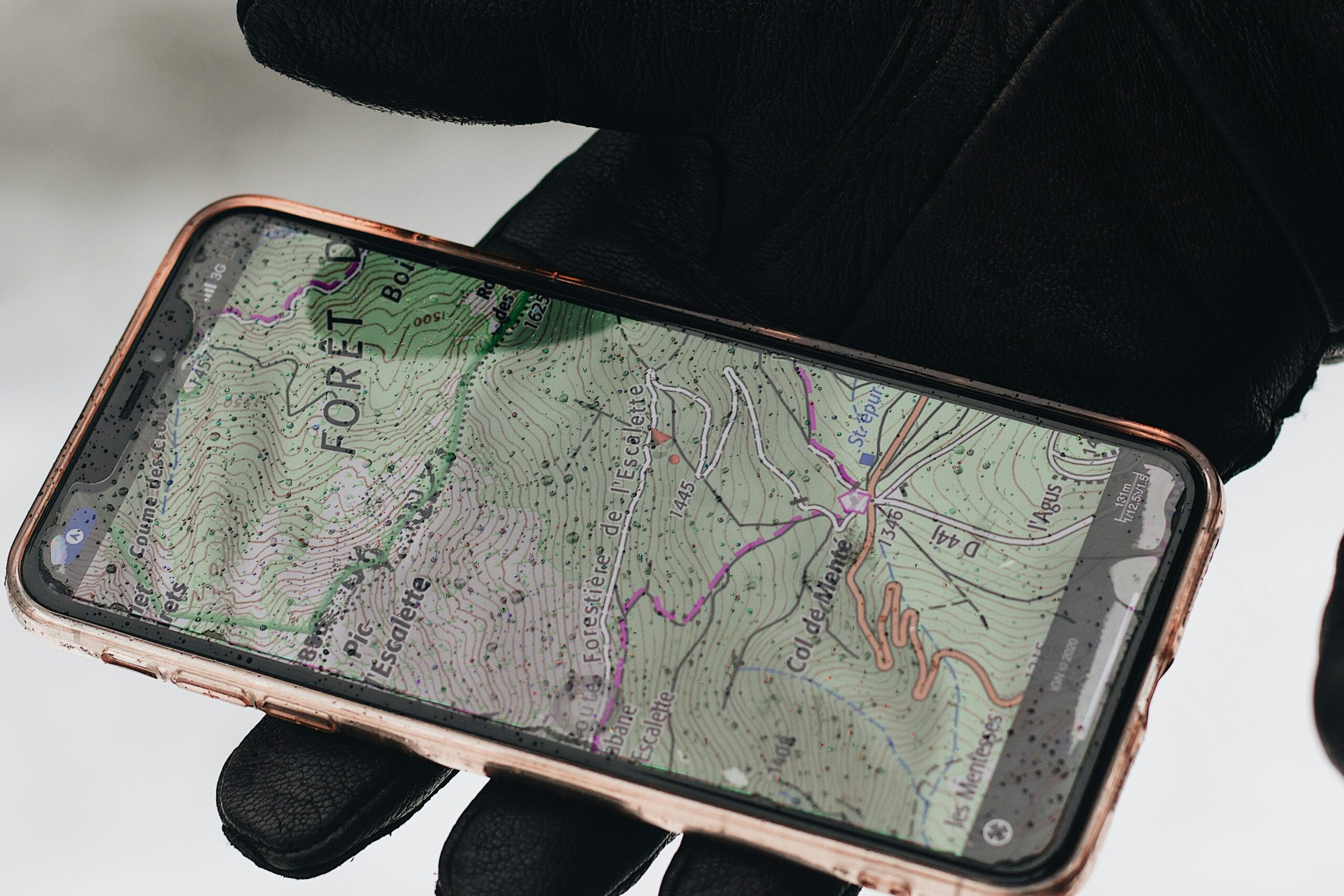The EU Deforestation Regulation (EUDR), formally Regulation (EU) 2023/1115, introduces a new legal standard for companies involved in the import, export, or trade of certain commodities within the European Union. Starting from 30.12.2025 for large enterprises and 30.06.2026 for small and micro-enterprises, companies must ensure that regulated products are deforestation-free, legally produced, and fully traceable to their exact plot of origin.
The regulation applies to seven high-risk commodities: cattle, soy, palm oil, cocoa, coffee, rubber, and wood along with hundreds of derived products such as leather, chocolate, furniture, and paper. Before entering or exiting the EU market, each shipment must be backed by a Due Diligence Statement (DDS), submitted through the TRACES-NT system. Failing to comply can result in significant consequences, including fines of up to 4% of annual EU turnover, seizure of goods, and reputational damage.
But the EUDR is more than just a regulatory hurdle. It reflects rising global expectations for responsible sourcing and environmental transparency. Complying with the regulation helps companies future-proof their operations, meet growing ESG demands, and gain the trust of investors, consumers, and regulators alike.
That’s why we built eudr.co a digital platform that simplifies every step of the due diligence process, from geolocation to audit readiness. With automated tools and role-specific workflows, it enables companies to turn compliance into a repeatable, scalable system.

Why EUDR Compliance Is Challenging
While the EUDR sets clear expectations, achieving full compliance is far from straightforward. The regulation demands a level of traceability, legal certainty, and documentation rigor that many companies, even those with mature ESG programs have not previously needed to demonstrate at the plot level.
The challenge lies not only in the regulation’s complexity, but in how it intersects with real-world supply chains. Many businesses source from diverse, multi-tiered networks that include smallholders, intermediaries, and processors across different regions and legal systems. Ensuring that every batch of regulated commodity can be linked to its origin, verified as deforestation-free, and proven legally produced all before market entry requires more than standard procurement procedures.
Common compliance barriers include:
- Fragmented data flows: Supply chain data often lives in disconnected formats or systems, making it difficult to ensure consistency and traceability.
- Limited digital access: Smallholders and upstream producers may lack the tools or connectivity to provide verifiable data.
- Legal uncertainty: In many sourcing regions, land tenure is poorly documented or contested, creating ambiguity in proof of legality.
- Blending practices: Aggregated or mixed-source batches obscure individual product origins, complicating traceability.
In addition, many companies still rely on spreadsheets, emails, or generic ESG tools that were never designed for legally binding due diligence. These manual approaches lack the precision, transparency, and scalability required to meet audit standards.
Meeting EUDR requirements calls for a shift from reactive compliance to structured, technology-enabled systems. Companies must rethink their data infrastructure, reassign roles, and introduce tools that can automate, verify, and standardize due diligence across complex supply networks. Early preparation isn’t just beneficial, it’s essential to avoid delays, regulatory gaps, and reputational risks.
At eudr.co, We Solve Practical Compliance Challenges
EUDR compliance is not just a legal task — it’s an operational challenge, especially if you’re sourcing from rural areas, working with smallholders, or managing multi-tier supply chains. That’s exactly why we built EUDR.co not just as a documentation tool, but as a practical, field-ready compliance platform tailored to meet real-world conditions.
Instead of relying on disconnected systems, spreadsheets, or email chains, we provide a structured digital environment where compliance becomes part of daily operations, not a last-minute burden. From data collection to audit readiness, every element is aligned with EUDR requirements and scalable to different business models.
To close operational gaps and support broad participation, eudr.co provides:
- Offline-ready mobile apps that allow suppliers and field agents to collect GPS data, photos, and documentation even in remote or low-connectivity areas.
- Multilingual templates and interfaces that standardize input for legal records and supplier declarations, reducing friction and error across global teams.
- Role-based workflows that coordinate responsibilities across suppliers, central teams, and auditors ensuring every actor contributes to compliance without duplication or confusion.
Whether you’re onboarding small producers or managing large-scale exports, our platform adapts to your structure and commodity flow.
By turning fragmented compliance tasks into a unified digital workflow, eudr.co helps companies overcome logistical barriers, engage all supply chain actors, and build a due diligence system that is auditable, scalable, and ready for real-world scrutiny. This approach not only simplifies operations it creates long-term capacity for traceability, transparency, and continuous legal alignment.

At eudr.co, We Guide You Through EUDR Compliance Step by Step
The EUDR outlines a structured compliance process from geolocation mapping to audit readiness. We translate this legal architecture into five operational modules, each supporting a distinct phase of the compliance journey. Our platform helps you move through each step with confidence, efficiency, and legal alignment.
Geolocation Mapping and Verification
Geolocation is the legal and technical foundation of EUDR compliance. Every product batch must be linked to a precise plot of land using WGS84-compliant coordinates. This information forms the basis for proving that the product was not sourced from deforested or degraded land.
We enable:
- Offline-ready mobile tools: Your field agents and suppliers can capture GPS coordinates on-site, even in low-connectivity environments. This ensures inclusivity for remote producers and timely data collection.
- Automatic validation checks: We review each entry for completeness, accuracy, and compliance with WGS84 standards — reducing the risk of incorrect or incompatible submissions.
- Satellite imagery overlays: You can visually confirm land conditions and compare past and current land use to verify that no deforestation occurred after the 31.12.2020 cutoff.
- Secure record storage with audit logs: We store all location data with timestamps, user IDs, and change history — ensuring transparency and traceability for future inspections.
This module ensures that every location claim you submit is backed by credible, standardized evidence — enabling a reliable chain of custody starting at the source.
Product Traceability from Origin to Shipment
Beyond mapping the source, companies must demonstrate that the traceability of goods is maintained throughout the supply chain from farm to final export. This is especially challenging in complex or non-linear supply chains.
We provide:
- Batch-level IDs: Each shipment is assigned a unique identifier, allowing all data from geolocation to risk assessments to be linked and referenced at every step.
- GIS-based supply chain maps: These interactive maps visualize product flow through different actors and geographies, offering clear, verifiable evidence of movement and origin.
- Documentation of handoffs: The system records every stage of transfer including through processors, aggregators, or transporters to protect the integrity of the compliance claim.
- Blended or multi-origin batch support: Even when goods from different sources are combined, traceability is preserved by linking each origin to its share in the final shipment.
This ensures that traceability is not broken even when goods pass through multiple layers of the supply chain and that the DDS accurately reflects all contributing sources.
Automated Due Diligence Workflows
EUDR due diligence isn’t a single form, it’s a repeatable, defensible process that must be followed for every batch. eudr.co simplifies this through guided workflows that ensure nothing is missed, duplicated, or overlooked.
Each workflow allows users to:
- Collect critical documents: Land ownership records, supplier declarations, and harvest reports are gathered in standardized formats, ensuring completeness and reducing friction with suppliers.
- Score and evaluate risk: The platform uses region-specific and commodity-specific indicators (e.g., deforestation risk levels, corruption indices) to assess whether a batch presents a “non-negligible” risk.
- Flag and escalate high-risk cases: If a batch cannot be confidently cleared, the system prompts additional steps such as enhanced due diligence or third-party verification.
- Generate DDS submissions: Once the system verifies that all criteria are met and risk is negligible, it automatically compiles the Due Diligence Statement in the correct TRACES-NT format.
This module brings structure and legal defensibility to the risk assessment process ensuring compliance is not just declared, but demonstrably justified.
Real-Time Forest Monitoring
EUDR requires ongoing oversight. A product batch that was compliant at the time of DDS submission can become non-compliant if illegal clearing occurs afterward. That’s why real-time land monitoring is essential.
Eudr.co monitors your plots with:
- Satellite-based detection tools: High-resolution imagery is continuously analyzed to spot changes in forest cover, land clearing, fire scars, or new encroachments.
- AI-generated alerts: When a concerning change is detected near or within a registered plot, the system notifies users in real time enabling early investigation or response.
- Logged actions and resolutions: All alerts are automatically recorded along with the user’s actions (e.g., contacting a supplier, triggering enhanced due diligence), creating a traceable risk response history.
By continuously tracking land conditions, this module helps ensure that your DDS declarations remain valid over time reducing legal exposure and increasing audit resilience.
Continuous Audit Readiness
EUDR isn’t a one-time reporting exercise, it’s a long-term accountability framework. Companies must retain all records for five years and demonstrate compliance at any moment, if audited by regulators.
Eudr.co ensures audit readiness with:
- Blockchain-secured data storage: All documents, coordinates, and logs are cryptographically secured to prevent tampering and guarantee authenticity.
- Version tracking and access control: Every change is recorded with user identity and timestamp, while permission-based access ensures sensitive data is protected.
- One-click export functions: When needed, companies can generate structured compliance reports for internal audits, external verifiers, or regulatory authorities.
- Comprehensive activity logs: These logs provide a transparent trail of due diligence decisions, document submissions, alerts, and responses all linked to specific batches or users.
This module eliminates the last-minute scramble of audit preparation. It enables your team to stay confidently compliant whether audits happen tomorrow or years down the line.

From Compliance to Competitive Advantage
Companies that take early action don’t just avoid penalties they gain a strategic edge. By implementing EUDR compliance proactively with EUDR.co, businesses unlock tangible benefits:
- Faster onboarding of suppliers, even in remote or high-risk areas.
- Preferential treatment from EU buyers and retailers focused on sustainable sourcing.
- Improved ESG performance, brand perception, and investor appeal.
In addition, data gathered for EUDR such as geolocation, legal records, and monitoring logs can support broader initiatives, including CSRD reporting and internal sustainability KPIs. With centralized, verified data, reporting becomes more efficient and consistent across frameworks.
Ultimately, treating compliance as an integrated part of your business creates long-term value. It signals that your company is not just meeting minimum standards, it’s leading the transition to a more transparent, responsible, and resilient global supply chain.
Conclusion
EUDR compliance is a complex legal challenge, but with the right tools, it becomes an achievable and even strategic advantage. Our platform is purpose-built to help businesses meet the EU’s deforestation-free requirements with clarity, speed, and confidence. From geolocation mapping to real-time monitoring and audit-ready documentation, we offer an end-to-end solution that scales with your operations.
As regulatory scrutiny intensifies, companies that invest in digital compliance systems will lead the way in sustainable trade. Whether you manage a multinational supply network or support local producers, our platform helps you meet legal obligations, reduce risk, and strengthen your position in the EU market.
FAQ
What does the EUDR require businesses to do?
The EUDR requires companies to ensure that certain commodities placed on or exported from the EU are deforestation-free, legally produced, and traceable to their land of origin. This involves collecting geolocation data, verifying legal sourcing, and submitting a Due Diligence Statement before the product can enter or exit the EU market.
When do companies need to comply with EUDR?
Large companies must be fully compliant by 30.12.2025, while small and micro-enterprises have until 30.06.2026. These dates are final and binding. Companies must have their compliance systems, data collection procedures, and DDS submission workflows in place by these deadlines to legally operate within the EU.
What is a Due Diligence Statement (DDS)?
A DDS is a legally binding declaration that confirms the product meets EUDR requirements. It is submitted through the EU’s TRACES-NT system and must be based on verifiable evidence showing deforestation-free status, legal compliance, and traceability. The statement must be filed before any product is traded in or out of the EU.
How does geolocation data help with compliance?
Geolocation data proves the exact origin of the product, down to the production plot. By using GPS coordinates and satellite verification, companies can demonstrate that the land was not deforested after 31.12.2020. This traceability is a core condition of EUDR compliance and must be available for audits or inspections.
What happens if a company fails to comply with EUDR?
Non-compliance can lead to serious consequences, including fines of up to 4% of EU turnover, confiscation of goods, and market access bans. Authorities may also publish the names of violating companies. These penalties are designed to be dissuasive and ensure that all companies take their compliance obligations seriously.
Can small suppliers or cooperatives meet EUDR standards?
Yes, but they may need technical support. Our platform provides mobile tools and multilingual onboarding to help smallholders comply. With proper guidance and infrastructure, even small-scale producers can meet the EUDR’s traceability and documentation requirements.
Why use a specialized platform instead of general ESG tools?
EUDR has very specific legal and technical requirements that most ESG platforms don’t address. Our platform is designed specifically for EUDR, with features like WGS84 geolocation input, DDS automation, and satellite-based monitoring. This ensures full alignment with EU law and audit readiness at every stage.
How does eudr.co simplify the EUDR compliance process?
eudr.co provides an end-to-end digital platform that automates key steps in the compliance workflow: collecting geolocation data, assessing risk, generating Due Diligence Statements, and submitting them via TRACES-NT. This reduces manual work, improves accuracy, and ensures legal alignment.
Is eudr.co suitable for companies with complex or multi-country supply chains?
Yes. The platform supports multi-tier, blended, and cross-border supply chains. It offers batch-level traceability, multilingual access, and role-based user permissions making it ideal for both global operators and local cooperatives.
Can eudr.co be used by different actors in the supply chain (e.g., traders, importers, producers)?
Absolutely. eudr.co is designed to support operators (who place goods on the market), traders (who handle already-placed goods), and auditors. Each user role has tailored functionality to match their legal responsibilities.
Does eudr.co integrate with existing business systems?
Yes. The platform is modular and API-ready, which allows integration with ERPs, procurement tools, or sustainability dashboards. This ensures smooth adoption without disrupting existing workflows.
How does eudr.co help companies stay audit-ready?
All data in eudr.co is stored securely with audit trails, version tracking, and blockchain-backed documentation. The platform automatically generates compliance reports and maintains records for the required five-year retention period.
Is training or onboarding support available for new users of eudr.co?
Yes. eudr.co offers multilingual onboarding, user training, and dedicated customer support to help teams from field agents to compliance managers adopt the platform quickly and effectively.


